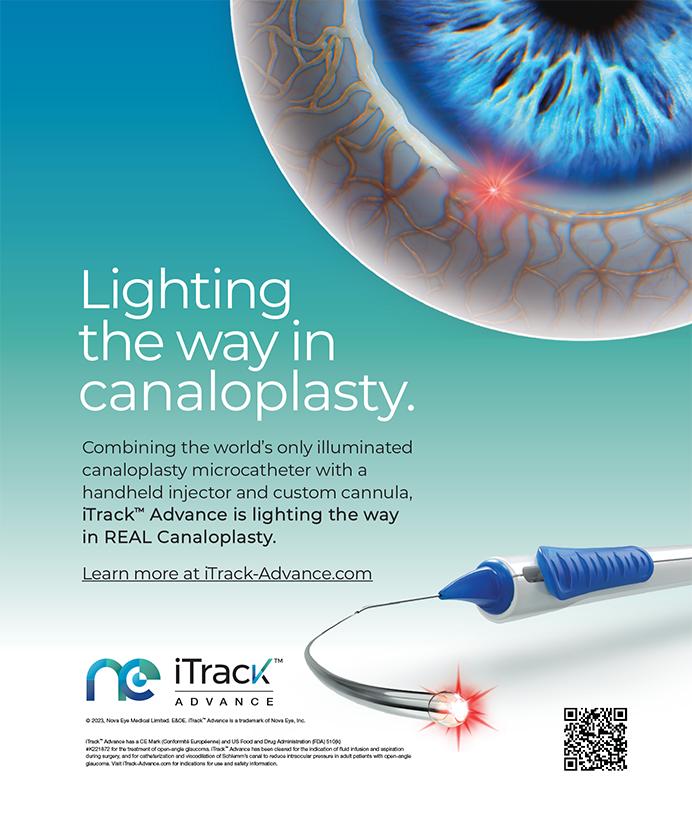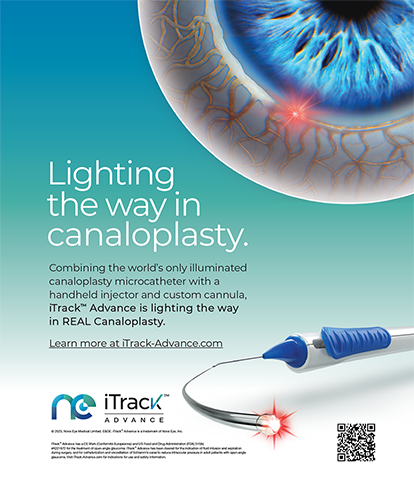Koch et al demonstrated that residual astigmatism is directly attributable to posterior corneal astigmatism.1 They also found that postoperative over- and undercorrections are associated with either with- or against-the-rule posterior corneal astigmatism, respectively. A measurement of the anterior cornea is somewhat helpful but cannot by itself predict astigmatic correction. Without taking the posterior cornea into consideration, surgeons will miss some patients who need astigmatic correction, leaving them with unanticipated residual cylinder.
The ORA System with VerifEye (WaveTec Vision) has multiple clinical applications such as refining IOL power calculations in aphakic eyes, and it is outstanding for taking measurements in postrefractive eyes. For my practice, ORA has been invaluable for managing astigmatic patients, especially my toric IOL cases. ORA accounts for the posterior cornea, determines the magnitude and axis of astigmatism as well as IOL power calculations, thereby predicting which patients are best suited for a toric IOL or limbal relaxing incisions. Since I began using ORA with the Trulign Toric IOL (Bausch + Lomb), 91% of my cases have been within 0.25 D of the intended correction, and 95% have been within 0.50 D. Had I only used the Trulign calculator, my results would have been much less impressive (39% within 0.25 D and 73% within 0.50 D).
While many other technologies may be used intraoperatively, ORA is the only device that can be used intraocularly and account for the posterior cornea. Without it, postoperative refractive surprises occur. As a refractive cataract surgeon, I am always evaluating how to improve outcomes. In my experience, the ORA System with VerifEye is the only clinical way to account for the posterior cornea and to achieve consistently better refractive outcomes.
The questions I pose are these:
- How do you account for the contribution of the posterior cornea in toric IOL cases?
- How do you treat unanticipated residual astigmatism in cases in which the preoperative measurements indicated that astigmatic treatment would not be needed?
P. Dee G. Stephenson, MD, is the founder and director of Stephenson Eye Associates in Venice, Florida. Dr. Stephenson is also an associate professor of ophthalmology at the University of South Florida in Tampa. She is a consultant to Bausch + Lomb and WaveTec Vision. Dr. Stephenson may be reached at (941) 485-1121; eyedrdee@aol.com.
- Koch DD, Ali SF, Weikert MP, et al. Contribution of posterior corneal astigmatism to total corneal astigmatism. J Cataract Refract Surg. 2012;38(12):2080-2087.


